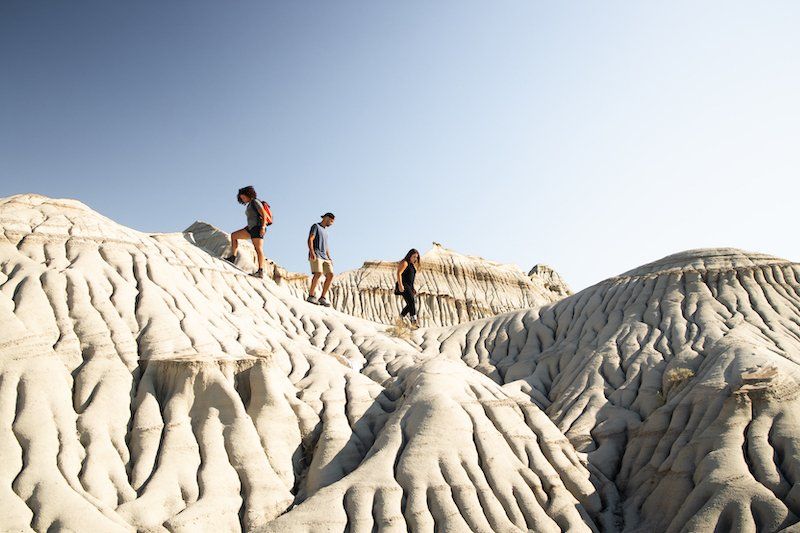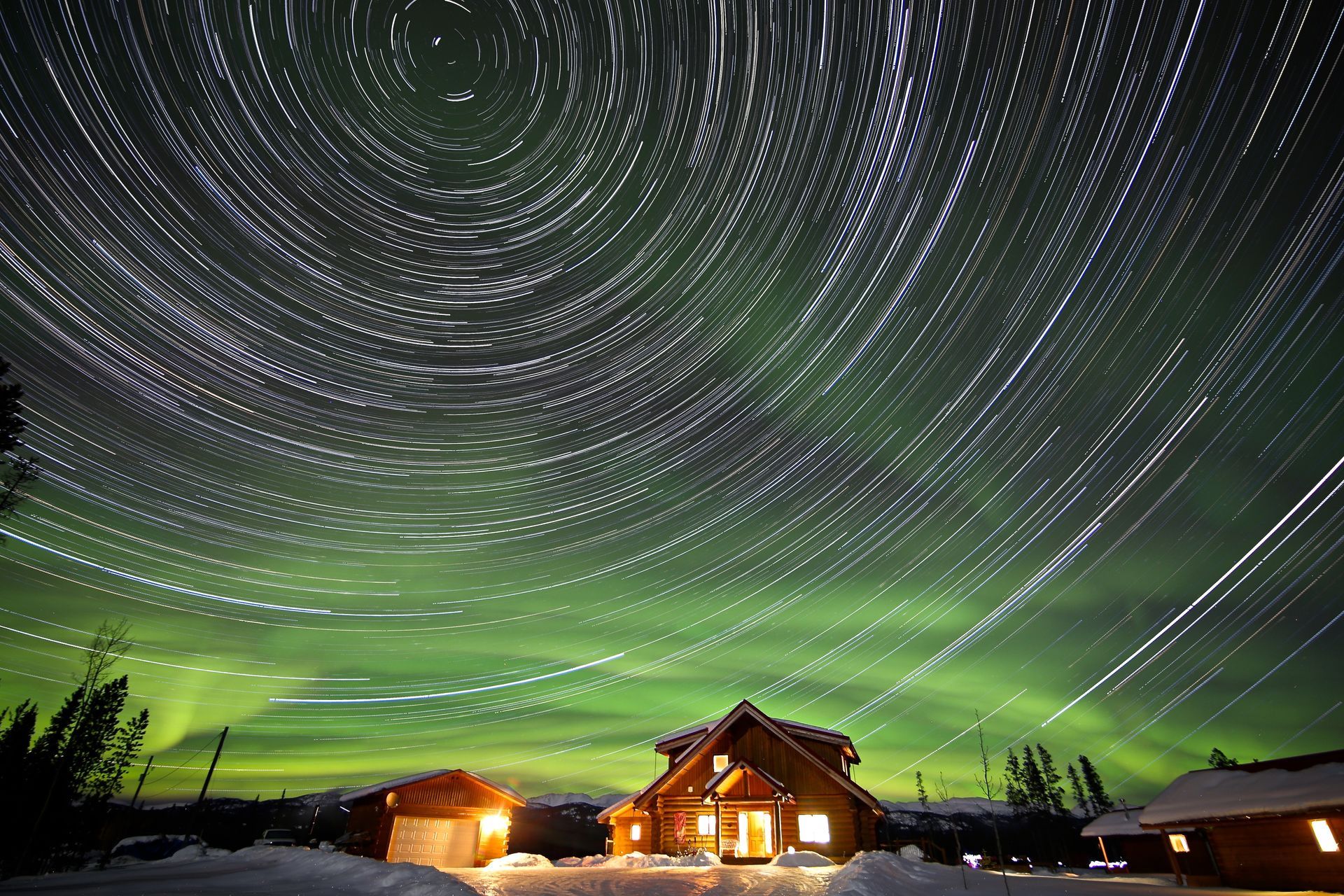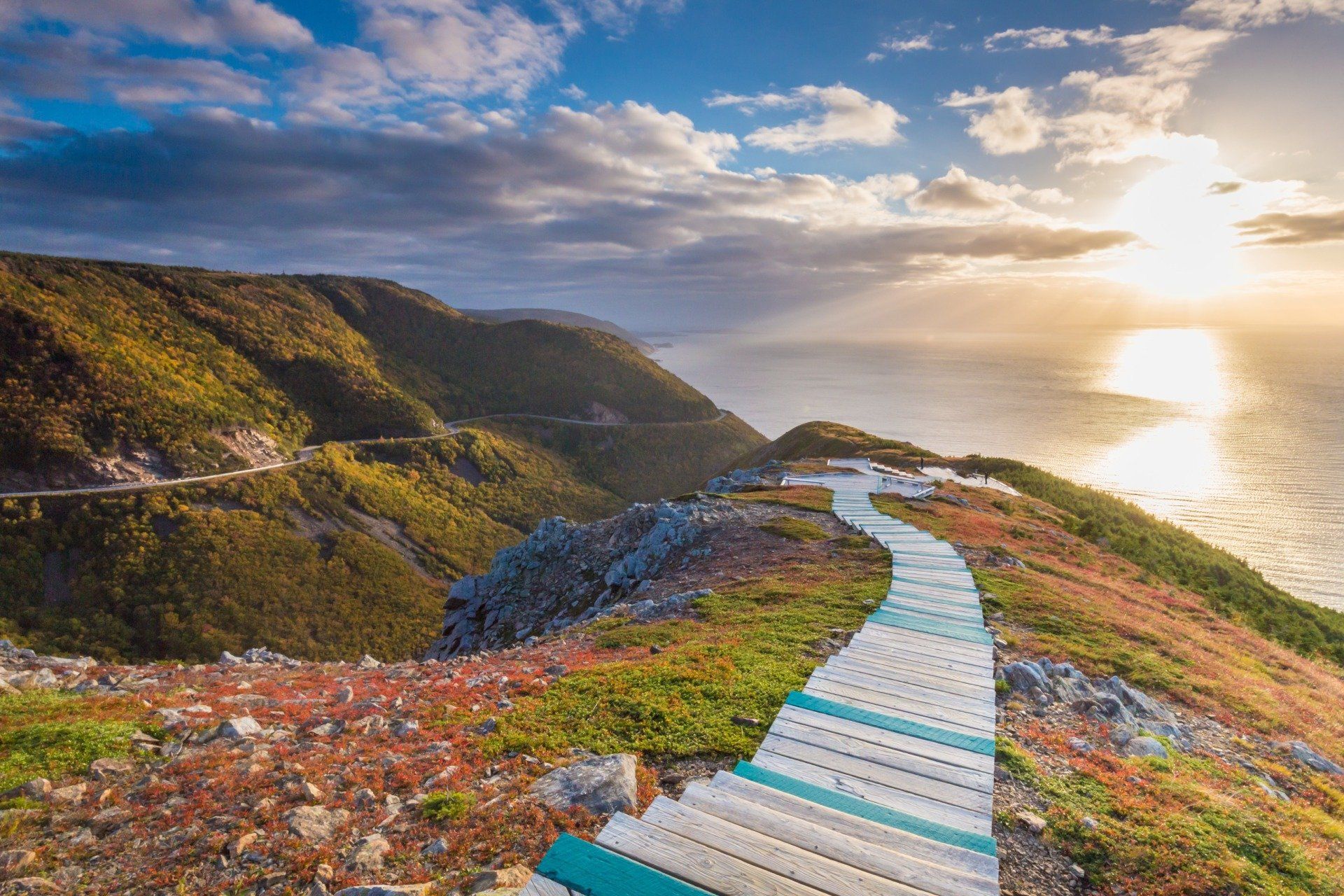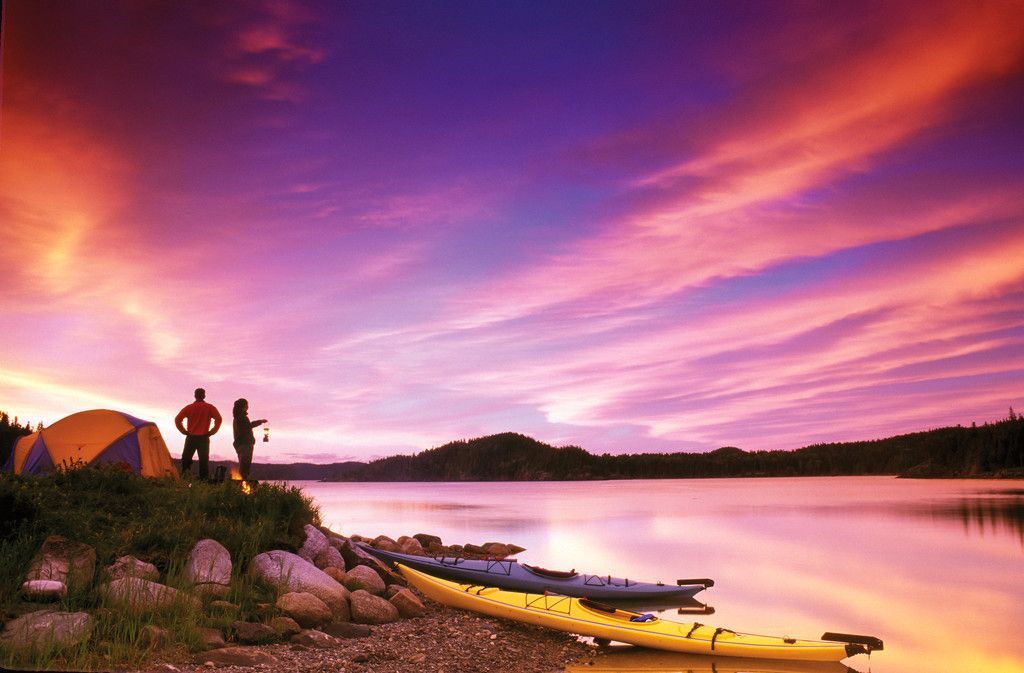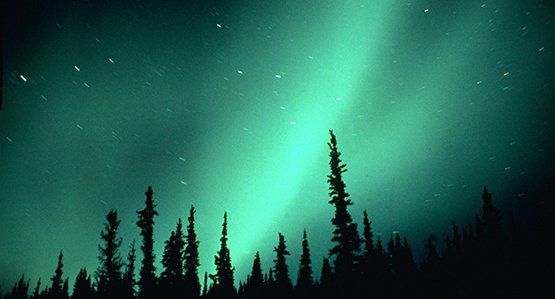Canada As You Like It Blog
125th Anniversary of The Yukon Gold Rush
The Yukon Gold Rush was the journey migrants made from their hometowns to the Canadian Yukon Territory and Alaska after the discovery of gold in 1896. Over 100,000 people hoping to find gold left their lives to embark on a life-threatening journey through ice valleys and rocky mountains in a mission to become rich.

In the 1870sapproximately 1,500 archaeologists began searching the Yukon for gold. By 1896, American George Carmack along with Jim Mason and Dawson Charlie, discovered gold on Rabbit Creek, a Klondike River tributary running through Alaskan and Yukon territory.
This discovery was about to incite hundreds of thousands into a huge gold rush, that would go down in history.
Due to the harsh conditions of the Yukon and the lack of means to communicate, word about the gold discovery did not get out until 1897, a year later. Once the discovery was out, people known as stampeders headed north, with dreams of wealth in mind, however, they were not prepared for the harsh journey they were about to embark upon. Picture Credit: Yukon Archives H.C Barley Fonds.

As the stampeders crossed the Canadian border, the authorities checked that every person had a year's worth of gold mining equipment such as warm clothes, moccasins and boots, blankets and towels, mosquito netting, personal care items, medicine, first aid, candles and matches, soap, approximately 1000 pounds of food, tools and mining equipment and camping equipment.
The journey to Yukon Territory was hard enough, despite the fact they had to carry all their equipment. They first began by travelling to port cities in the Pacific Northwest and boarded boats to Skagway – Alaska, leading them to the White Pass Trail, or Dyea which took them to Chilkoot Trail.
The next part of the journey would give stampeders two options, either The White Pass or the Chilkoot, both of which were extremely difficult. The White Pass was not as steep or rugged as the Chilkoot, but was slippery and clogged with mud. Many animals got stuck and sadly passed away on the trail, earning the name “The Dead Horse Trail”, which is a popular among hikers today.
Alternatively, the Chilkoot was steep and icy, meaning any animals used to haul supplies for most of the journey were set free, resulting in the stampeders carrying their supplies the rest of the journey. This meant several trips up and down the frozen slope including 1,500 steps carved of snow and ice! As seen above. Credit: Yukon Archives, University of Washington Archives.
The harsh realisation meant many people cut their loses and headed home, those who didn’t headed onto the final bit of the journey, arguably the hardest. After crossing either the White Pass or Chilkoot, the prospectors had to travel hundreds of miles of rapids down the Yukon River in the hope of reaching Dawson City. This meant either hiring a boat or in some cases building them! Unfortunately, many migrants died during the journey on the river.

Of the 100,000 plus stampeders who embarked on the journey, 30,000 arrived in Dawson City. Many of the travellers were disappointed to learn that the reports of available gold were exaggerated, therefore, deciding after the long journey to return home.
Miners arriving to the Yukon in winter had a long cold wait for the ground to soften. This meant putting up makeshift camps to endure the coldest of winters. As you would expect with so many people crammed into a small area and a drought of sanitary facilities, sickness, disease, and death were common. Picture Credit: Yukon Archives, Vancouver Public Library Collection

Some miners who stayed but were unsuccessful at finding gold capitalised on Dawson's booming infrastructure and worked or opened saloons, supply stores, banks, brothels, and restaurants. With high numbers of miners always travelling to try their luck, business was booming.
Only a handful of people actually achieved their original goal of finding gold and becoming rich, but, the influx of people to Dawson turned it into a legitimate city. It also lead to a population boom in the Yukon, Alberta, British Columbia and Vancouver. The Gold Rush is to this day credited for being a major contributor to helping the U.S. out of a depression. Today, it’s the period’s captivating history that draws visitors to the territory. Gold Rush town, Dawson City, looks and feels like an old movie set. (as pictured above.)
Finally, by 1899 as gold depleted in the area, word got out and many miners had left the Yukon penniless already, leaving Dawson in a rapid decline. The next discovery was in Nome, Alaska, where many deflated minors reignited their flame to find gold and headed out on a new adventure to find Gold.
It was 125 years ago that the first glittering pieces of gold were discovered in a small stream south of the Klondike River – Yukon, setting off one of the most famous gold rushes in world history.

